1. Smartphones
Beyond providing directions, GPS in smartphones supports location-based services like ride-sharing apps, local search results, and social media check-ins.
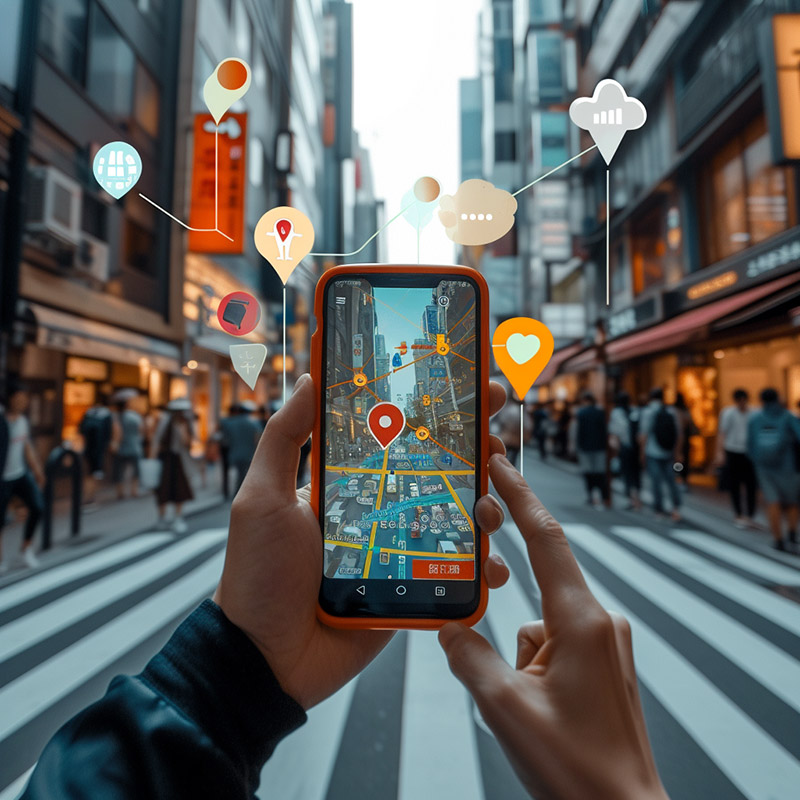
The GPS Difference in Getting Places
Before GPS, finding directions required physical maps or asking for directions, which was often imprecise and time-consuming. GPS enables real-time navigation, location-based services, and instant access to information about nearby places, significantly enhancing personal mobility and access to services.
2. Automotive Navigation Systems
Built-in or aftermarket GPS systems in vehicles offer real-time driving directions, traffic updates, and rerouting options.
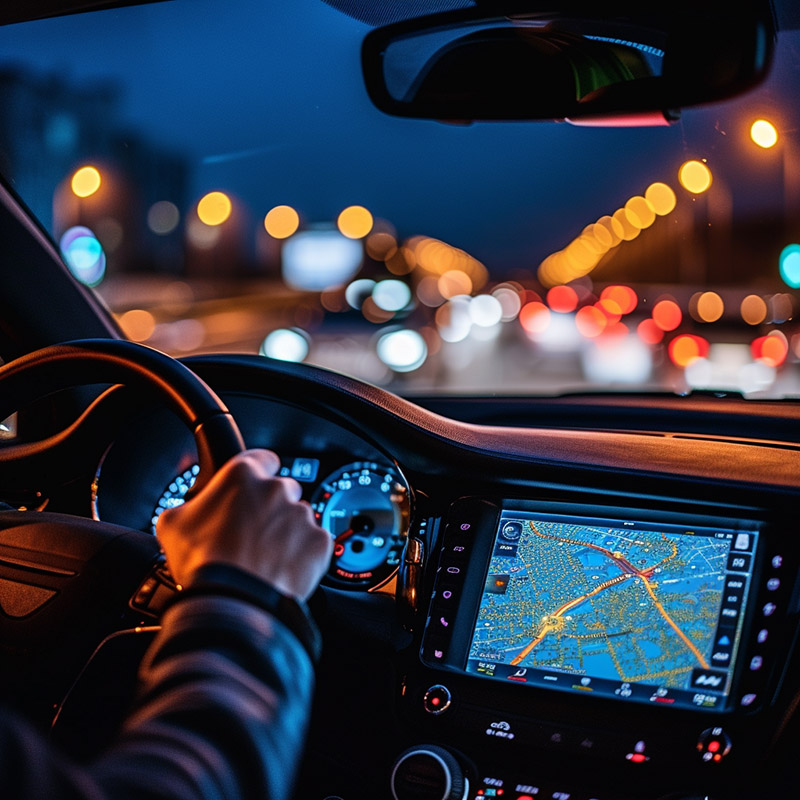
The GPS Difference in Automotive Navigation
Traditional navigation involved cumbersome paper maps and often inaccurate verbal directions. GPS systems in vehicles provide dynamic routing with real-time traffic updates, turn-by-turn directions, and the ability to reroute automatically, making driving to unfamiliar locations much more straightforward and safer.
3. Wearable Fitness Trackers
These devices use GPS to track outdoor exercise activities, such as running and cycling, mapping out routes and monitoring performance metrics.
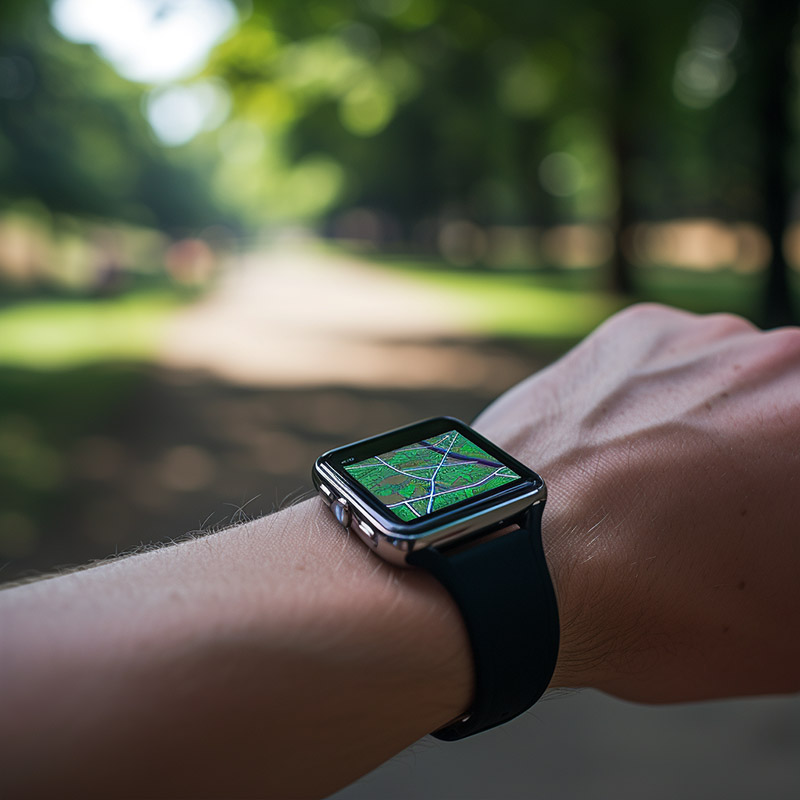
The GPS Difference in Fitness Tracking
Prior to GPS, tracking exercise like running or cycling relied on manual route planning and estimation of distance and speed, which could be inaccurate. GPS-enabled fitness trackers automatically map out routes, accurately measure distances traveled, speed, and even elevation changes, offering detailed insights into workout performance.
4. Smartwatches
Beyond fitness tracking, smartwatches with GPS can navigate routes, locate devices, and offer location-based reminders or alerts.
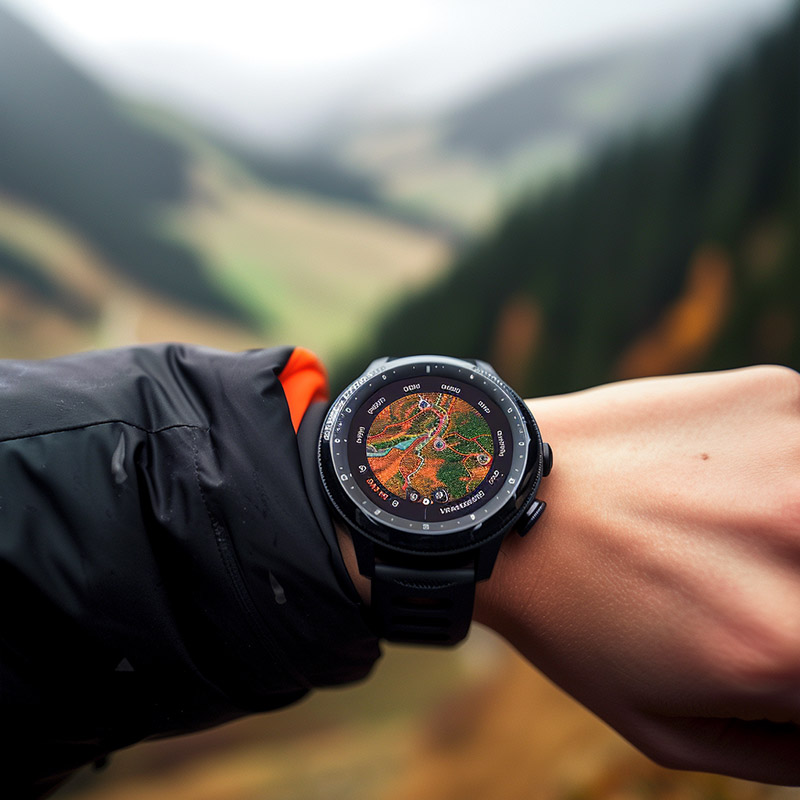
The GPS Difference in Watches
Before smartwatches with GPS, staying connected and navigating while on the move could be cumbersome, requiring reliance on other devices. GPS in smartwatches allows for wrist-based navigation, activity tracking, and even finding a lost phone, streamlining connectivity and activity tracking in a compact form.
5. Drones
GPS enables drones to navigate autonomously, stabilize in flight, and track locations for photography, surveying, or search and rescue operations.
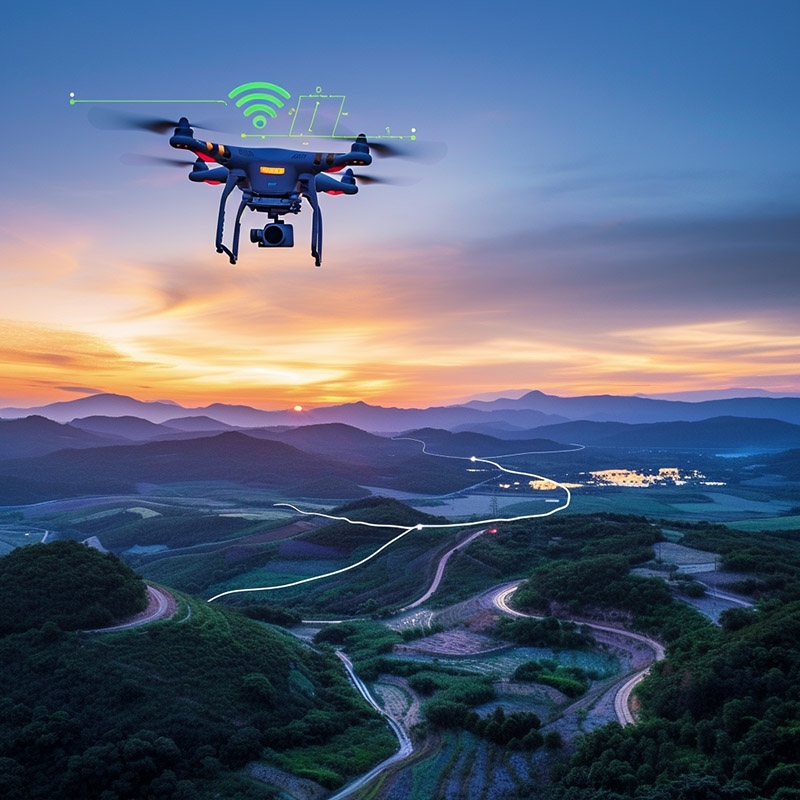
The GPS Difference in Drones
Navigating drones manually without GPS can be challenging and prone to errors, especially over long distances or in complex environments. GPS enables drones to fly autonomously to specific coordinates, maintain stable positions, and return home automatically, enhancing usability and safety.
6. Portable Navigation Devices (PNDs)
Handheld GPS units for hiking, geocaching, and outdoor adventures, providing maps, compass directions, and waypoints.
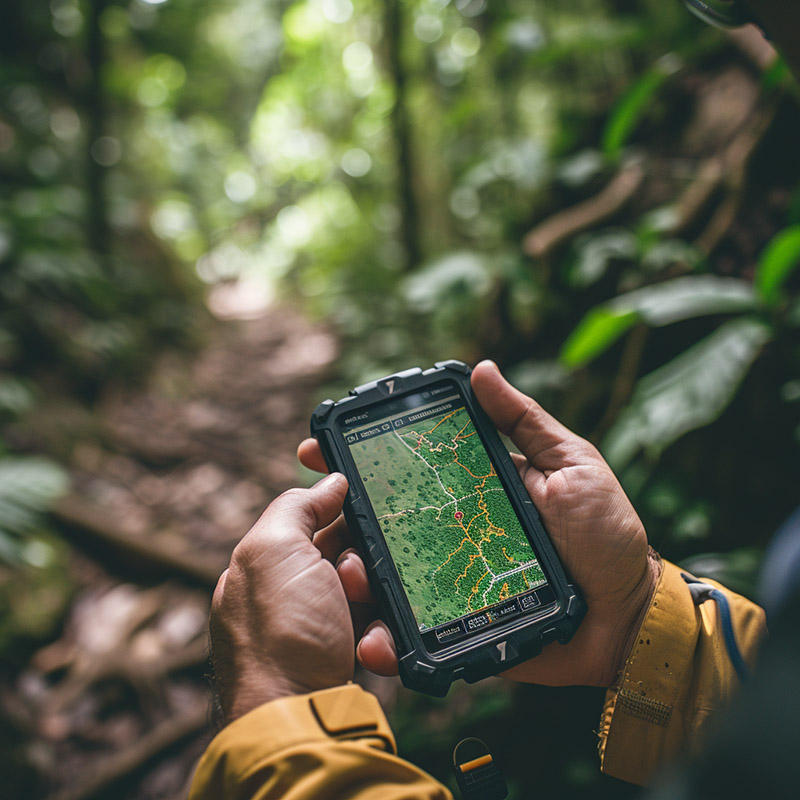
The GPS Difference in Navigation
Exploring remote areas or navigating in unfamiliar territories used to be risky and required physical maps and compasses. GPS devices offer precise location tracking, detailed maps, and points of interest for hikers, geocachers, and travelers, reducing the risk of getting lost and improving the outdoor experience.
7. Fleet Management Systems
GPS technology helps monitor the location, movement, and behavior of vehicles within a fleet, optimizing routes and improving safety.
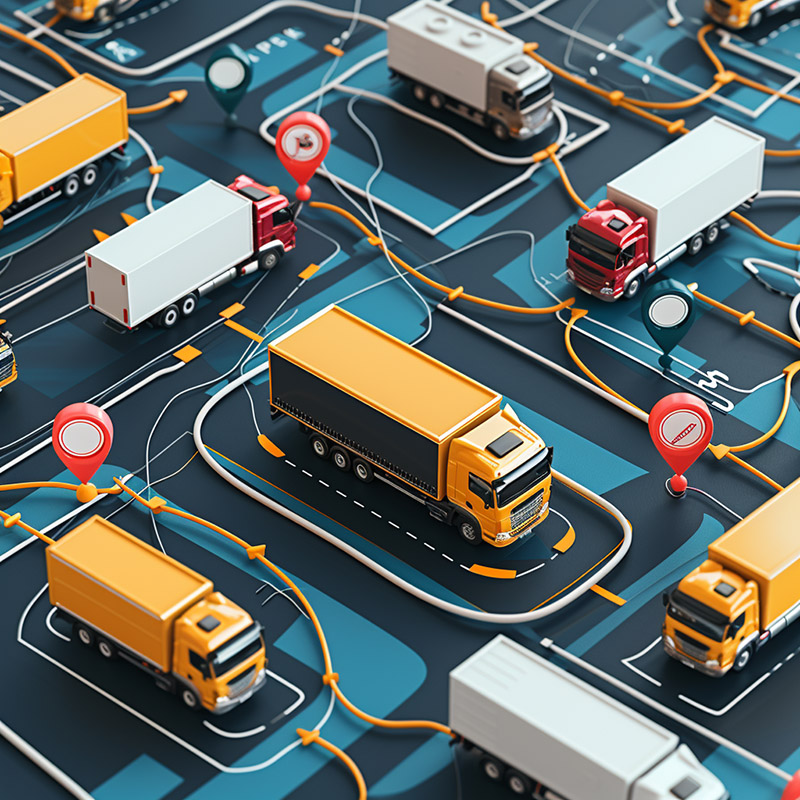
The GPS Difference in Fleet Management
Managing a fleet of vehicles before GPS involved manual check-ins and estimated routes and times, leading to inefficiencies. GPS provides real-time tracking of each vehicle, optimizing routes, reducing fuel consumption, and improving delivery times and overall operational efficiency.
8. Agricultural Equipment
Modern tractors and farm machinery use GPS for precision farming, improving crop yields and reducing waste through accurate planting, fertilizing, and harvesting.
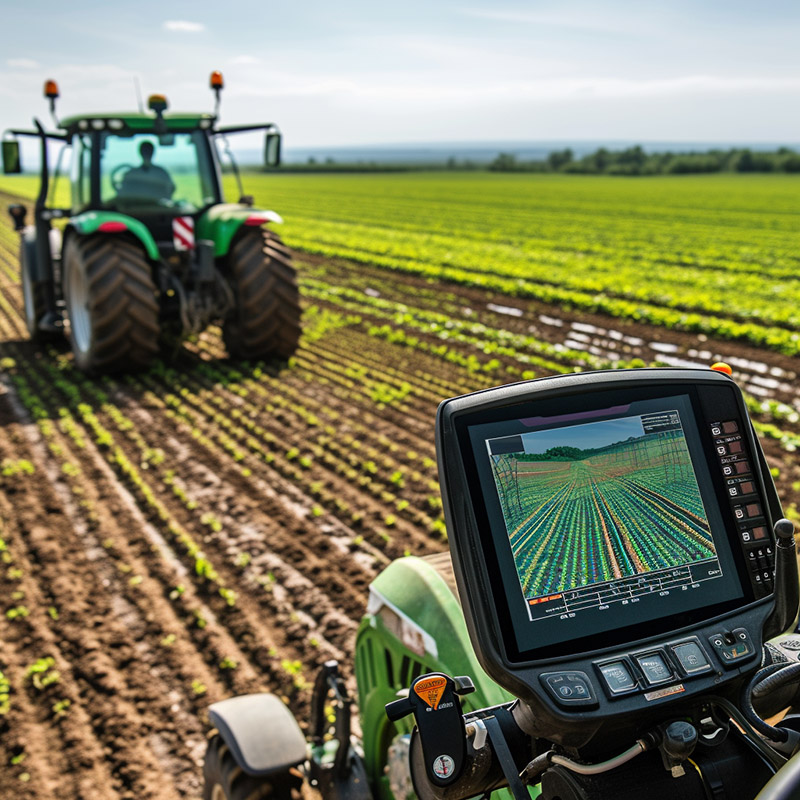
The GPS Difference in Agriculture
Traditional farming methods rely on visual cues and manual operations, which can be imprecise and less efficient. GPS in agricultural equipment allows for precision farming—accurate planting, fertilizing, and harvesting—reducing waste, improving crop yields, and conserving resources.
9. Emergency Response Systems
GPS is crucial for emergency services to locate callers quickly and accurately, improving response times in critical situations.
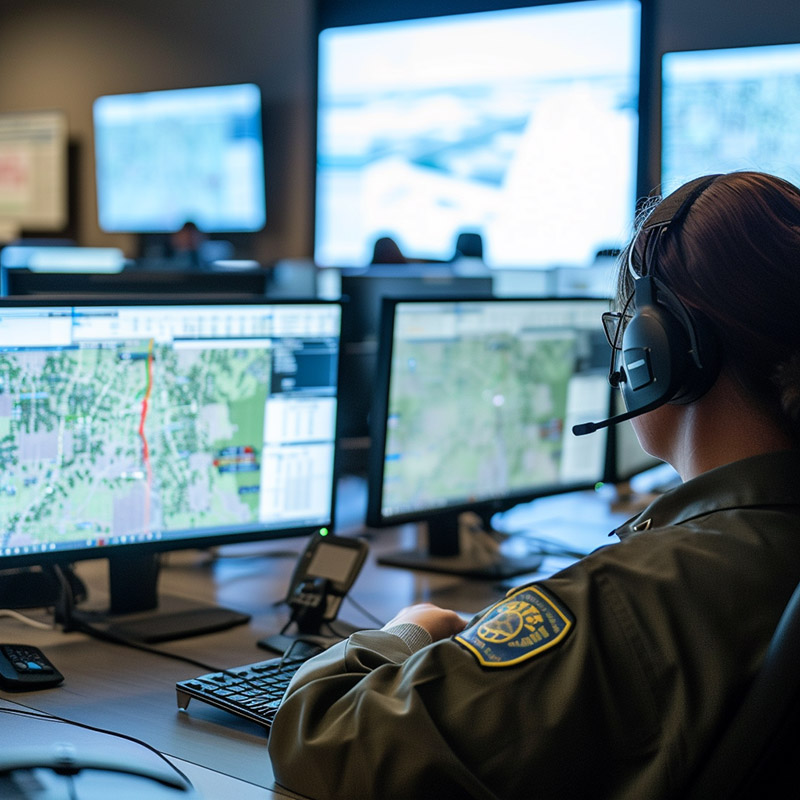
The GPS Difference in Emergency Response
Without GPS, emergency responders had to rely on caller-provided information and landmarks, which could delay response times. GPS enables quick and accurate location of callers, significantly improving response times and potentially saving lives in emergency situations.
10. Aviation Navigation
Aircraft use GPS for en-route navigation and for landing approaches, enhancing safety and efficiency in air travel.
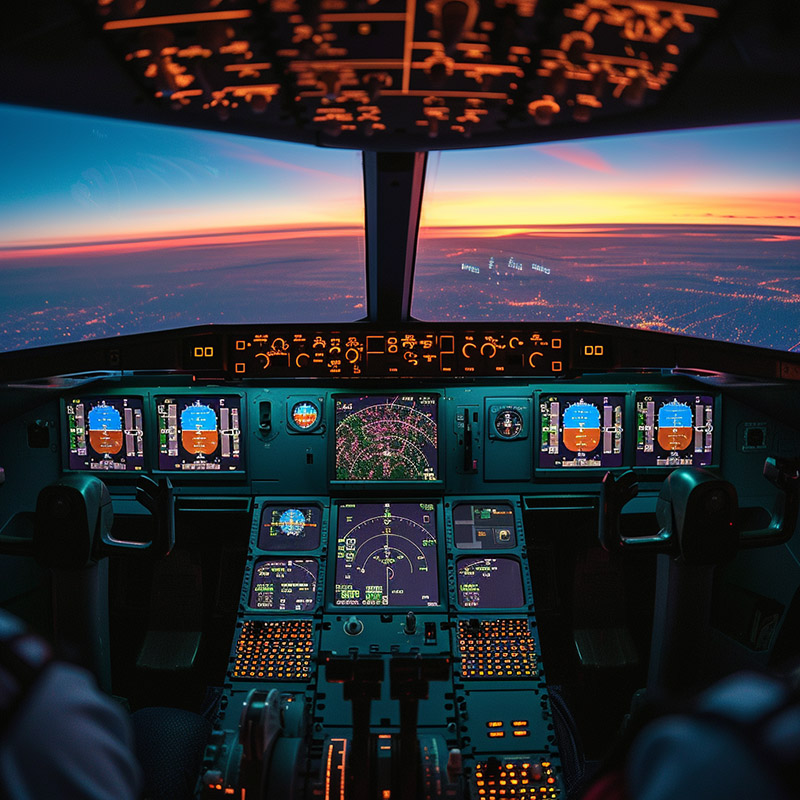
The GPS Difference in Aviation Navigation
Prior to GPS, aviation navigation depended on ground-based navigation aids and visual references, which could be less reliable, especially in bad weather or over unmarked terrain. GPS offers precise global navigation, improving route efficiency, safety, and allowing for more direct and fuel-efficient flight paths.